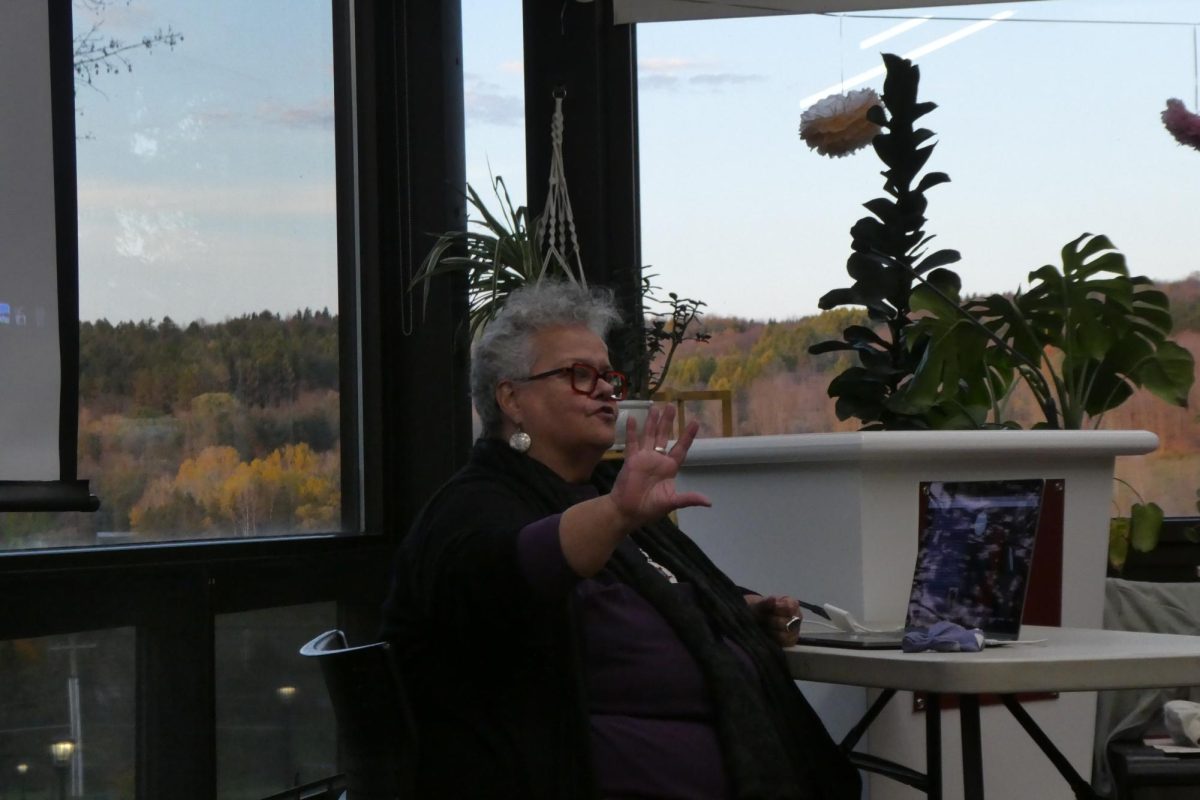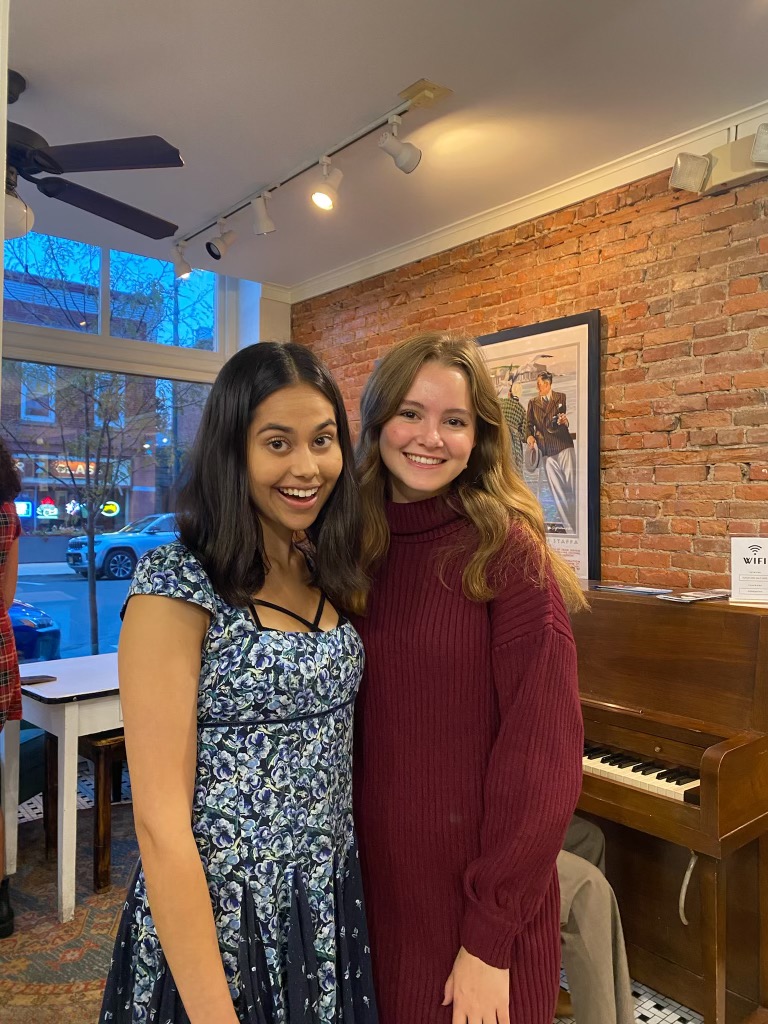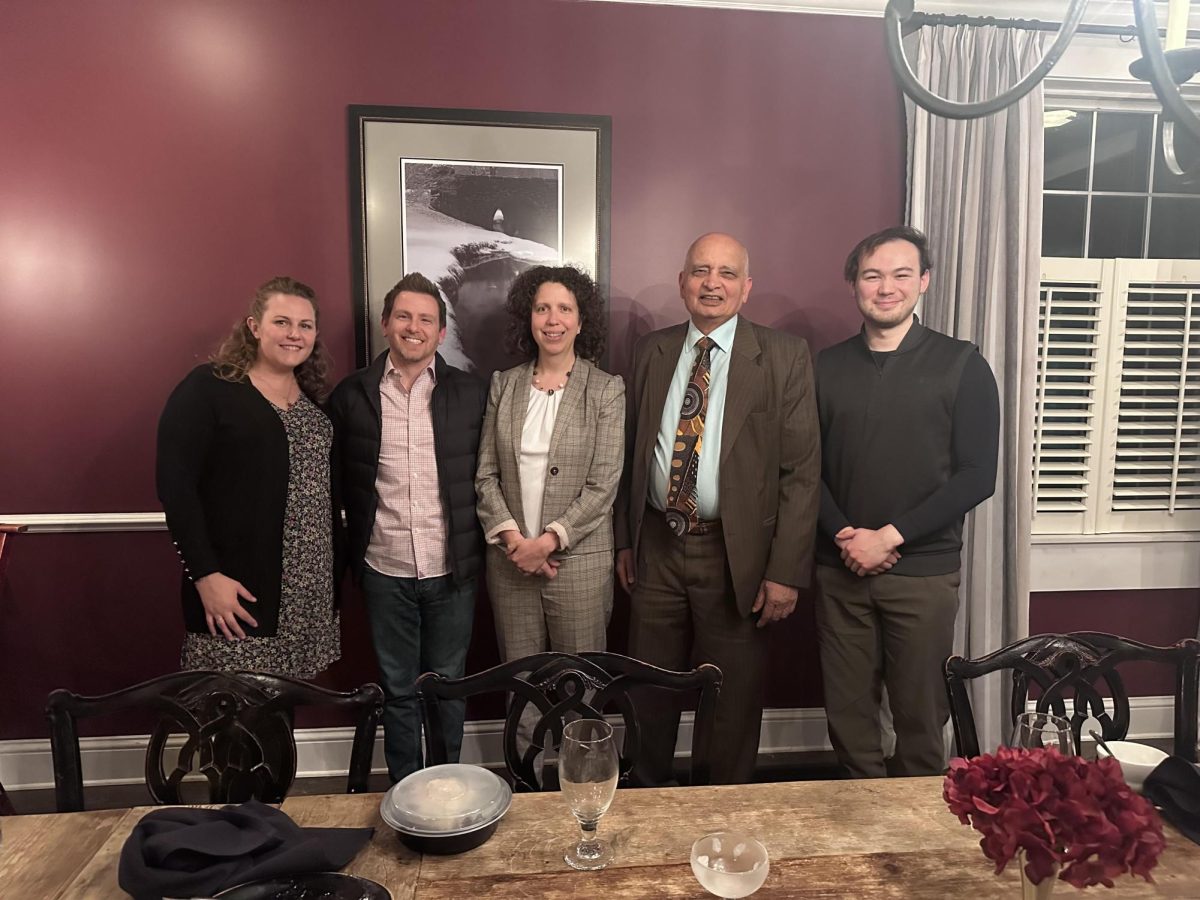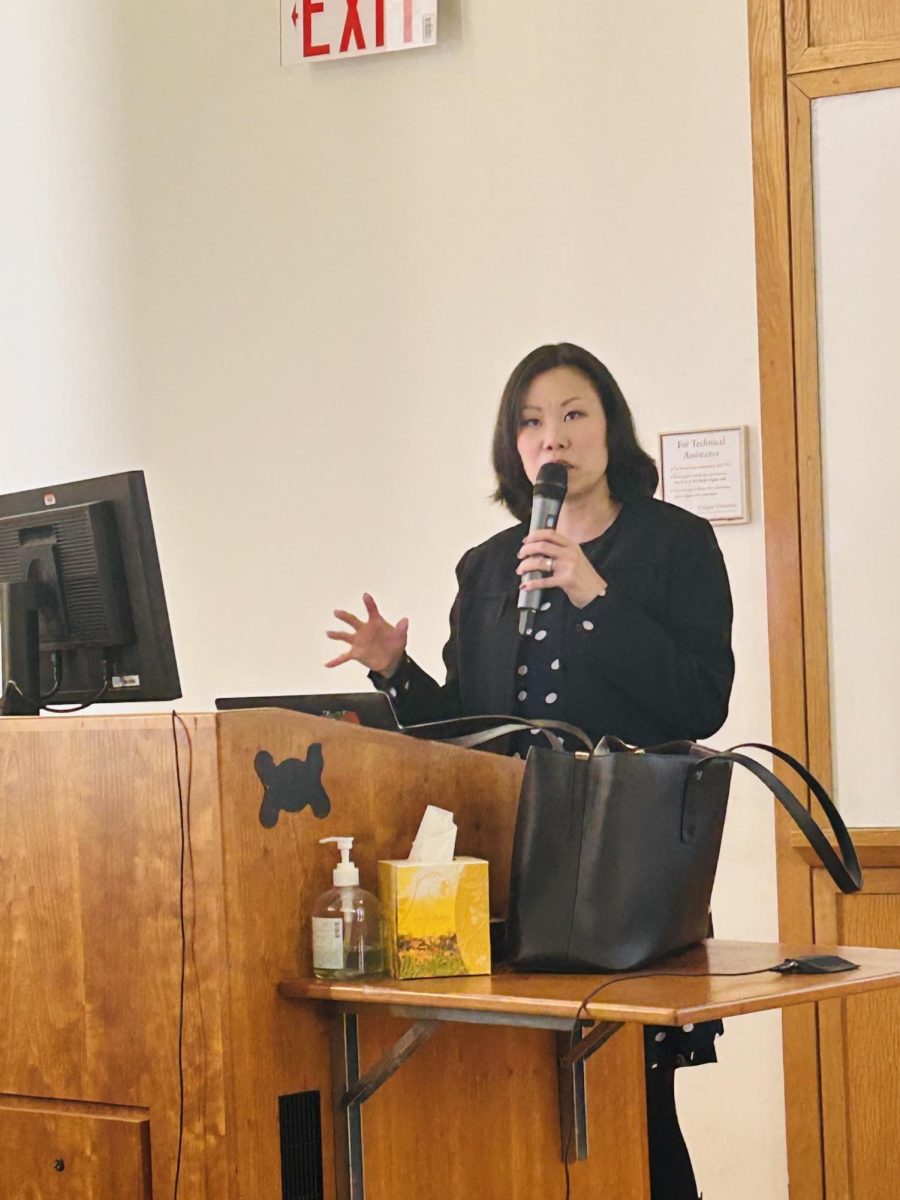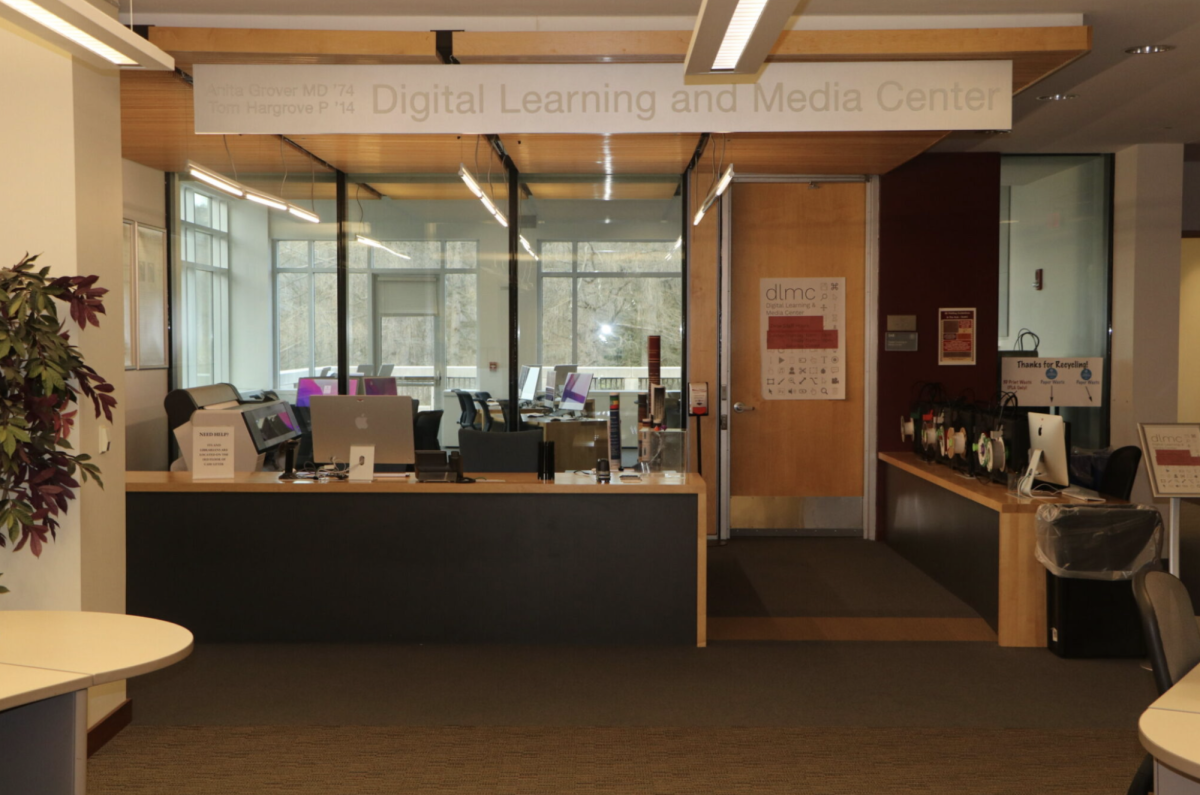Colgate University’s Native American Studies department held a presentation on “Indigenous Education and the Contemporary Wyandot of Anderdon Nation” on Tuesday, Oct. 24. The department hosted Wyandot members Elder Michael Odette and Elder and Faithkeeper Catherine Tammaro to speak about Wyandot culture and ways of knowing.
Odette is a council member of the Wyandot of Anderdon Nation, and he opened the lecture by providing the historical background of the Wyandot.
“I am a defender of everyone having a seat at the table,” Odette said.
He described the rich history of the Wyandot people through a familial lens, given his Wyandot ancestry. The Wyandot have historically been — and continue to be — people of the water. They have lived near water for functional purposes like irrigation, agriculture and spiritual life.
“Water is sacred to us; water is a very special thing to me,” Odette said.
The importance of water can be traced back to one of the Wyandot’s first contacts with settlers, at which point French explorer Samuel de Champlain encountered the tribe in the area southeast of the Georgian Bay (Ontario Canada), north of Lake Simcoe. The encounter marked the beginning of a long and complicated relationship between the tribe and settlers. The Wyandot were close with the Jesuits, which eventually led them to resettle in the Detroit area, due to coercion and the need for survival.
“It became both a blessing and a curse that we have had connection with [French settlers],” Odette said.
The Wyandot’s mission today is to preserve their culture through the sharing of traditions and passage of stories because they have historically struggled, due to colonization and subjugation. This mission is what guides the work of Tamarro, who expresses and preserves her culture through her art.
“I’m very interested in legacy building, not only for myself as a personal project but also as a legacy about our people,” Tamarro said.
Tamarro’s art spans across many mediums and styles. Recently, Toronto Transportation commissioned Tamarro to design a bus wrap to help commemorate Indigenous Peoples Month. The piece she created is called Aataentsic: Mother of Stories. The piece depicts Skywoman of Indigenous creation stories and is also connected to Tammaro’s personal familial history.
“When I found out about my Wyandot ancestry, I found out about my grandmother, and I wanted to honor her in this graphic,” Tammaro said.
The woman is depicted as being pregnant with a sunflower, which is representative of the Wyandot people because sunflowers have many uses in Wyandot culture, including as a food source and for use in ceremonies. The woman is also depicted with a long black braid like the one Tammaro’s mother wore.
Tamarro also recently created plaques embedded onto pavers and placed in the streets of Toronto. The process took around two years. While she spent around one year actually creating the pieces, much time was dedicated to consulting with different tribes and leaders of Indigenous communities to ensure that she received permission and consent from the people whom her pieces were representing. This is evident in the value that Indigenous people place on the passage of tradition and the telling of stories, whether that be through oral storytelling or through artwork like Tammaro’s.
“We’re always in connection with our ancestors; we’re always in connection with what’s coming towards us; we’re always in connection with our beginning and our end,” Tammaro said.
It is this unity among people and between individuals and their relationship to the earth and universe that underscores much of Tammaro’s work.
Tarissa Little, a visiting professor in Colgate’s Native American Studies department, works closely with the Wyandot nation as well as Odette and Tammaro, who help shape and guide her work related to Indigenous peoples and the Wyandot nation in particular. One of the classes she teaches at Colgate is called Indigenous Education.
“In that class, I look at not just Indigenous ways of knowing and knowledge, but also ways that the colonial system of education […] has affected Indigenous communities,” Little said.
Her work spans the history of Indigenous peoples and how this relates to where they are now, given the context of their culture and the colonization they endured. Little’s work and that of others in the Native American Studies Department at Colgate is characterized by the unique nature of Indigenous ways of knowing. Unlike many history classes at Colgate, classes in the NAST department get their information from storytelling, which is untraditional compared to typical Western education. Furthermore, the history of Indigenous people can be difficult to trace because of how colonization shaped how their stories were integrated into a Western understanding of history. As a result, the research that Little is interested in, along with other members of the department, is concentrated on the tracing and rediscovering of Native American history through examining the storytelling that carries on their culture and traditions.
Indigenous people were often forced to practice their traditions and preserve their culture more covertly as a means of surviving colonization through assimilation into Western society. Little’s work is concerned with social justice in relation to the Wyandot community, which focuses on making Indigenous people feel seen and represented, especially in spaces where — historically — they have been subjected and ignored. This occurs through the prioritization of Indigenous culture and stories, such as through work like Tammaro’s and Little’s.
“Just because [Indigenous people] are engaging in Western or settler society doesn’t necessarily mean they’re turning their backs on their Indigenous identity,” Little said.


